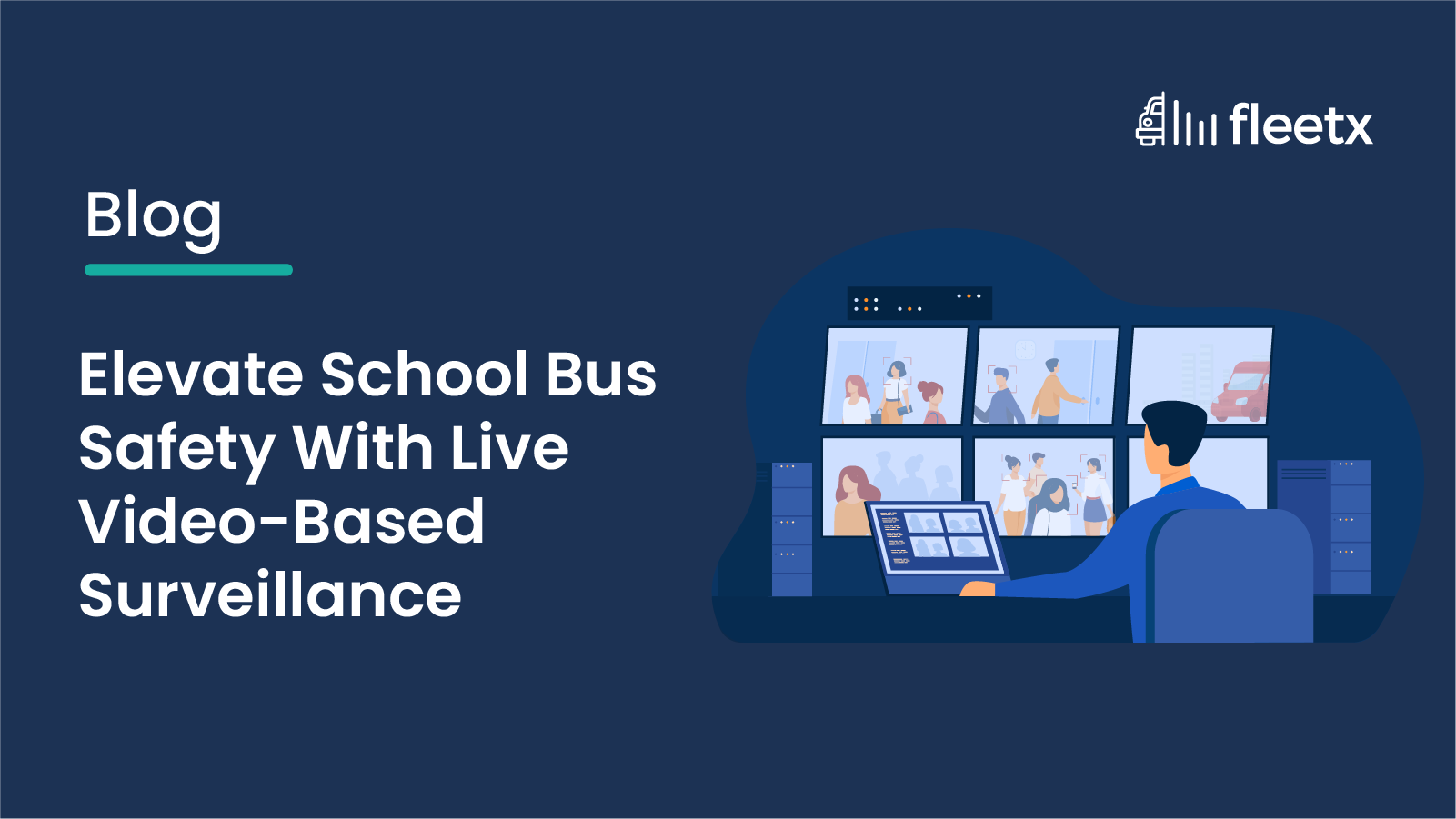
Receiving damaged or mismatched deliveries is a fairly common occurrence in the world of logistics. However, the companies that are dependent on the quality as well as the quantity of such incoming shipments incur heavy losses due to inadequate accountability of the lost or damaged cargo.
Here’s where OS&D estimation becomes essential. Overage-shortage-and-damage is referred to as OS&D in logistics. The calculation determines the difference between the actual goods received and the condition and quantity of goods stated on the transportation documents (e.g., bill of lading).
Primary OS&D Elements
Cargo insufficiency consists of three primary components that include:
Overage – When the quantity of shipment received is more than the specified quantity on the shipping documents, it’s referred to as overage. It might seem like a beneficial situation, but it’s a challenge in terms of inventory management and storage space. It also denotes that the cargo had been shipped incorrectly, and the receiver needs to start the return process of the extra stock.
Shortage – When the items are received in a lesser quantity than that specified in the shipment documentation. Manufacturing delays, customer complaints, and lost sales are the business impacts. Prompt shortage identification is crucial for determining whether the items were lost or misplaced during shipment.
Damage – Items arriving in a non-functional state due to improper handling are categorized as damaged goods. The extent of damage might be minor to complete product failure. Such damaged goods are unsellable and need to be replaced or disposed of altogether, leading to financial losses and customer dissatisfaction. Damages can be detected by a prompt package check immediately upon arrival for filing carrier claims.
Why is OS&D Handling Critical for Logistics Businesses?
Supply chain leaders need OS&D clarity to navigate logistics management with -
Real-Time Freight Status
Inventory management and shipping load efficiency can be maintained effectively with accurate shipment data. Outdated data causes miscommunication, delays, and delivery errors, leading to customer dissatisfaction. Access to real-time OS&D data in the warehouse and in transit is essential for throughput maximization.
Documented Reports
Manual handling of unorganized paper trails makes it harder to search and record data. Outdated methods are gradually being replaced with technological solutions across the shipping and logistics landscape. Automation is the inevitable future for OS&D management.
Better Collaboration Among Trading Partners
The supply chain network and warehouse management can be streamlined with real-time data availability. OS&D issues can be identified and resolved promptly with automated responses, digital record-keeping, and real-time communication among stakeholders.
Automated Analytics to Validate and Authorize Payments
Most delivery processes terminate with payment processing on the invoices. Automation streamlines the payment process and improves the payment response time by presenting a clearer picture of the inventory flow in real-time. Accurate payment updates and order closing information make OS&D processing easier.
How to Control OS&D Losses?
Nuances of the OS&D process impact the business’ bottom line, and accurate documentation is crucial to navigate the channel. Now, let’s look into the essential skills needed for proper OS&D handling:
Ensuring Adequate Packaging
- Selecting durable packing materials after due consideration of the weight, distance, and handling techniques ensures cargo protection in transit
- The packaging techniques should secure the goods while the shipment is being transported, with the empty spaces being filled with void fill materials
- Clear labelling states the precise handling instructions, quantities, and other relevant details of the shipment, facilitating proper sorting and identification at every touchpoint
Following Loading & Unloading Protocols
- Even weight distribution across the vehicle or container is critical to prevent the cargo from being crushed and damaged
- Using straps or other measures, prevent pallets and boxes from moving or tipping during transit
- Inspecting the packaging and stacking technique before and after loading helps in finding any possible problems
Detailed Inventory Management
- Maintaining thorough inventory records guarantees precise order fulfillment to prevent shortages or overages
- Routine cycle counts enable precise comparison between the physical inventory and the records to spot any differences early on
- Effective demand forecasting procedures maximize inventory levels and reduce stockout or overstocking situations
Streamlined OS&D Claim Filing
- Documenting any shipment inconsistencies, such as missing items, damaged products, or excess items on the delivery receipt (AKA proof of delivery or POD), and capturing images for additional proof are crucial
- Following the submission deadlines for OS&D filing facilitates the insurance procedure
- Keeping supporting documents readily available also helps with swift OS&D claim processing
- The majority of carriers support online claim filing or by phone, and by email, along with other supporting documents to simplify the claim filing process
Role of Technology in OS&D Management
Implementing data-driven solutions in the supply chain operations has various advantages in reducing discrepancies, expediting claim resolution, and improving transparency. Artificial intelligence (AI) and the Internet of Things (IoT) are being increasingly integrated into logistics operations to advance OS&D’s prospects by using –
Real-Time Condition Monitoring
Sensors integrated into the packaging communicate real-time information on several parameters such as impact, humidity, and temperature while in transit. This captured data can be analyzed by AI systems to identify problems proactively, enabling quick damage mitigation.
Smarter & Transparent Contracts
Data-led smart contracts and self-executing agreements can take actions based on predefined conditions and can make automatic claim payments.
Predictive Analytics for OS&D Prevention
Utilizing real-time shipment data and historical OS&D data, data analytics can determine patterns indicating future discrepancies. Logistics businesses can take adequate preventive measures that might include optimizing the delivery routes to minimize in-transit damage or investing in sturdier packaging to sustain the transit.
What Does the Future Hold?
In a fast-evolving field such as logistics, OS&D management holds an important position to stay ahead of the curve. The tactics to accomplish this futuristic goal include:
Channel Diversification – Depending on only one carrier or service provider can lead to a complete failure in operations, with no option to fall back. A varied network of carriers and suppliers reduces the scope of disruptions revolving around a single source.
Setting Standard Operating Procedures (SOPs) – Every supply chain process, including loading and packaging, warehouse operations, and communication flow, should have explicit SOPs in place to reduce mistakes and increase collaboration among stakeholders.
Technology Integration – Technology is transforming every sector, including logistics. However, the rate of adoption is still slow. An accelerated rate of implementing automation, data analytics, and real-time tracking to enhance visibility and identify trends is estimated.
Technology adoption is unavoidable for contemporary OS&D management, and several innovative tools are transforming the sector, with expectations of a more technological future.






